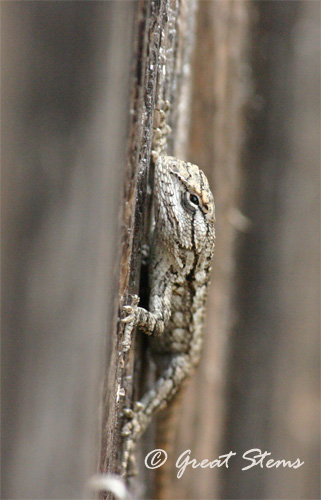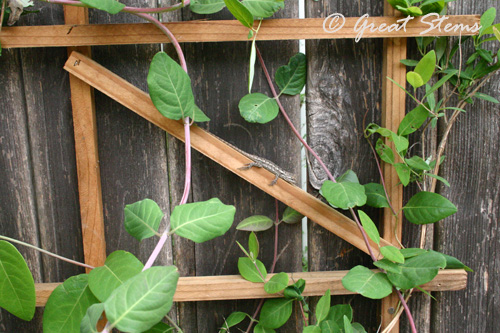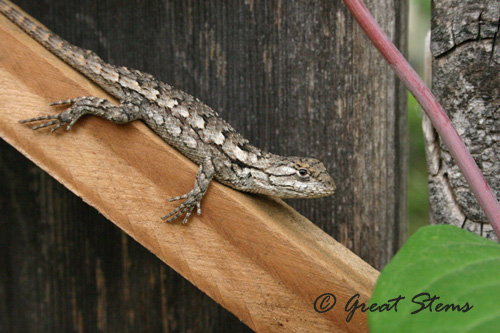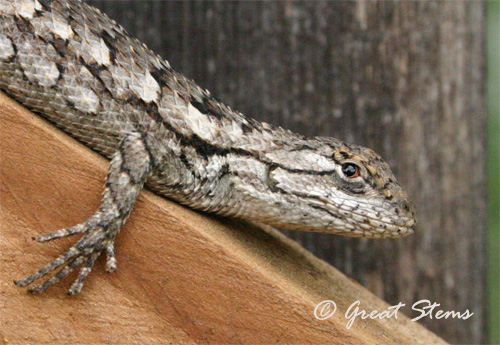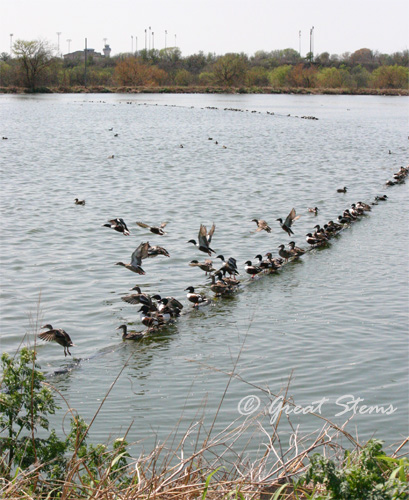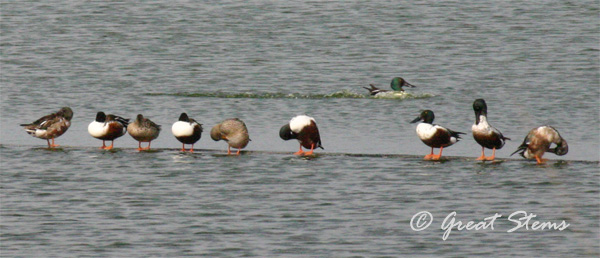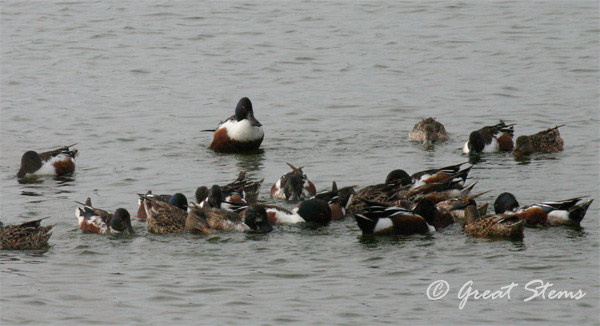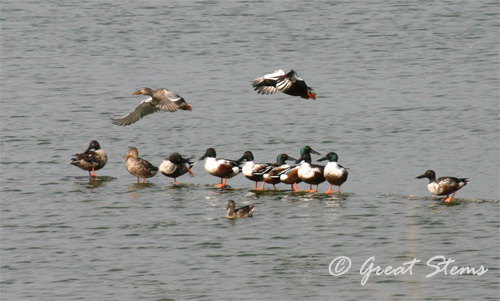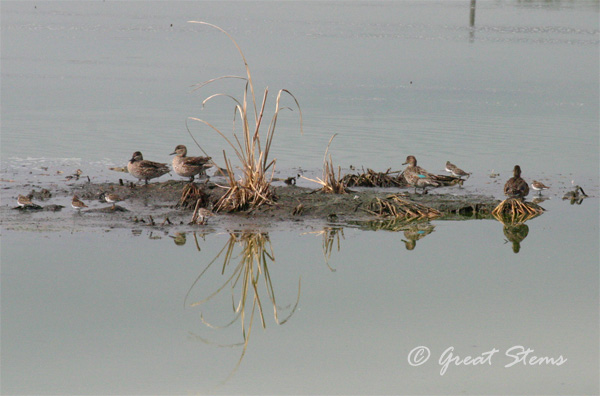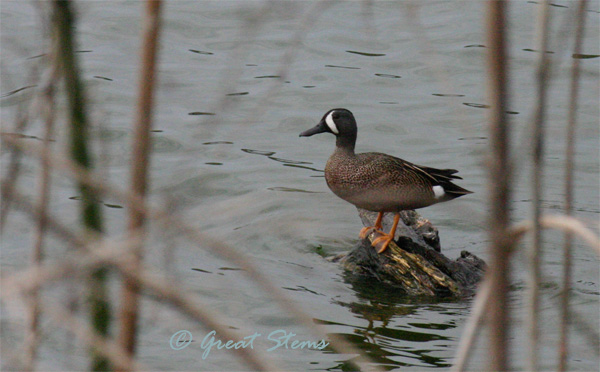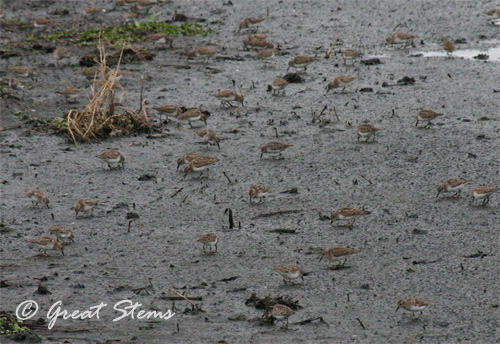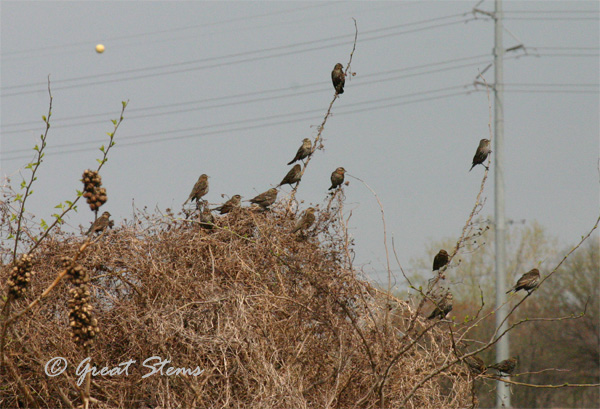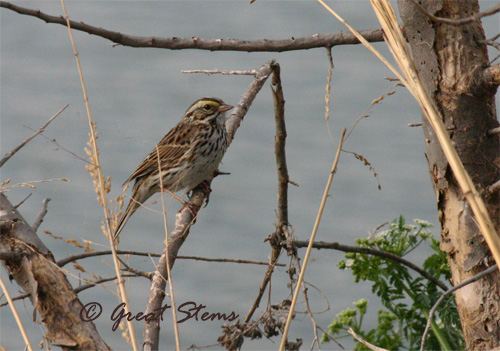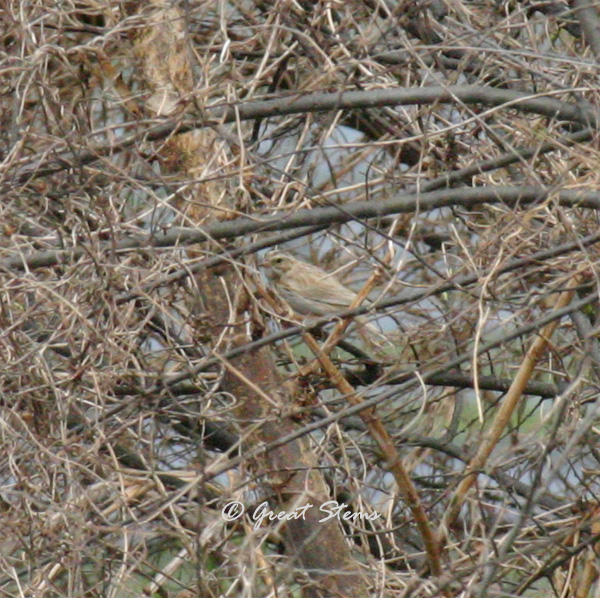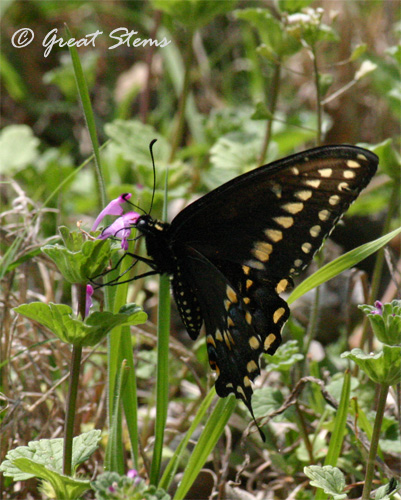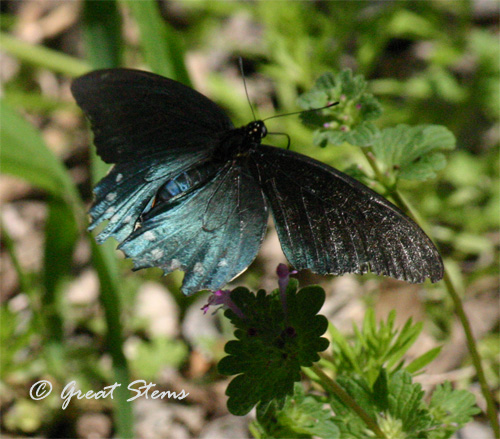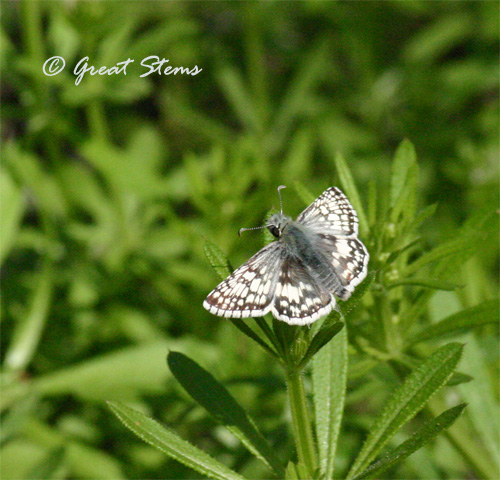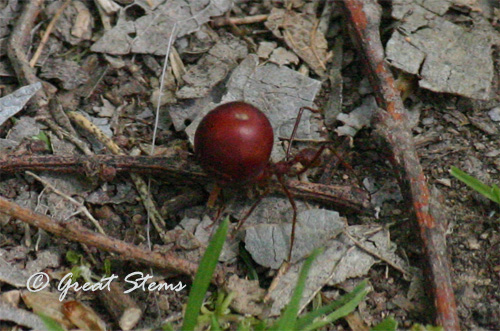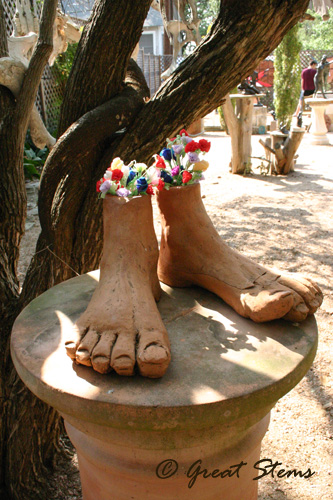 Last weekend was the 2011 Austin Art Yards Tour, and of course I had to attend. I offered my sons a chance to escape weekend chores and join me, and they found much to interest them, entertain them, and even creep them out. Yes, Austin is weird, and I have proof.
Last weekend was the 2011 Austin Art Yards Tour, and of course I had to attend. I offered my sons a chance to escape weekend chores and join me, and they found much to interest them, entertain them, and even creep them out. Yes, Austin is weird, and I have proof.
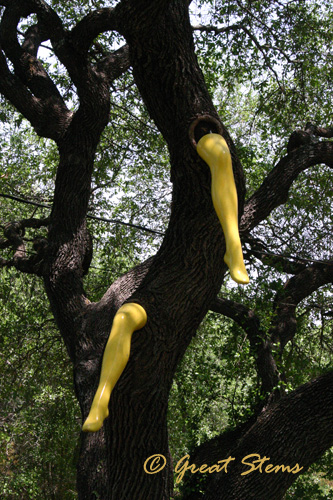 And I’ll add this — it was hot and bright. So in addition to thanking all the kind folks who opened their yards (and sometimes even homes) to visitors, I’d like to thank Vince of the Cathedral of Junk for the lemonade and the others who offered water to my kids. Very kind and much appreciated!
And I’ll add this — it was hot and bright. So in addition to thanking all the kind folks who opened their yards (and sometimes even homes) to visitors, I’d like to thank Vince of the Cathedral of Junk for the lemonade and the others who offered water to my kids. Very kind and much appreciated!
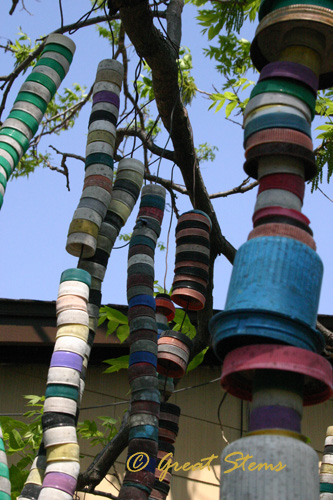 This is a compilation of the 2011 tour — a scattering of images throughout the fun and funky weekend, from wheelbarrow altars and art…
This is a compilation of the 2011 tour — a scattering of images throughout the fun and funky weekend, from wheelbarrow altars and art…
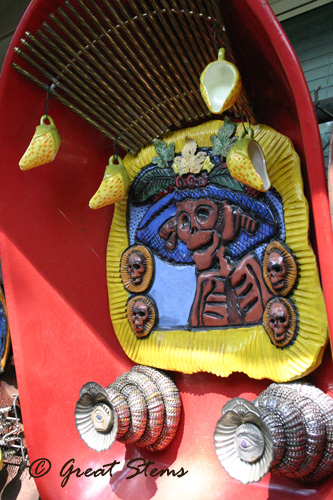
to servings of Justice-League heroes…
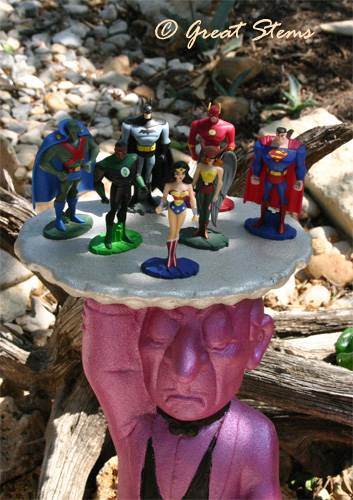 to bottle-lined labyrinths that weave you through a peaceful veggie garden.
to bottle-lined labyrinths that weave you through a peaceful veggie garden.
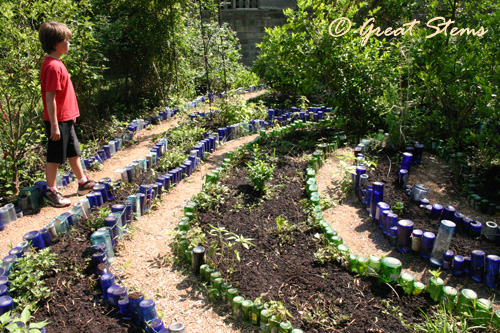 Several art yards touted the classic yard art, the flamingo, typically pink but not always.
Several art yards touted the classic yard art, the flamingo, typically pink but not always.
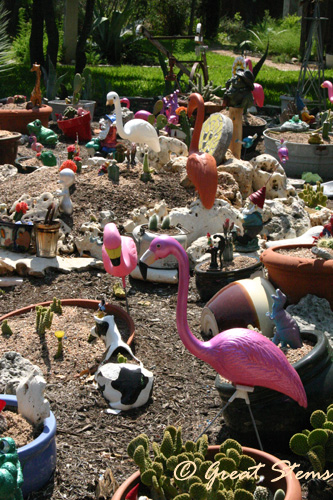 Others offered variations, including the rare tire flamingo…
Others offered variations, including the rare tire flamingo…
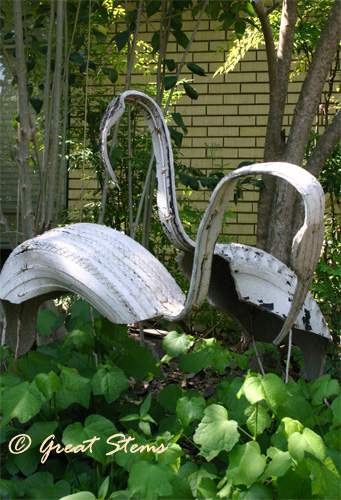
And the elusive mosaic flamingo:
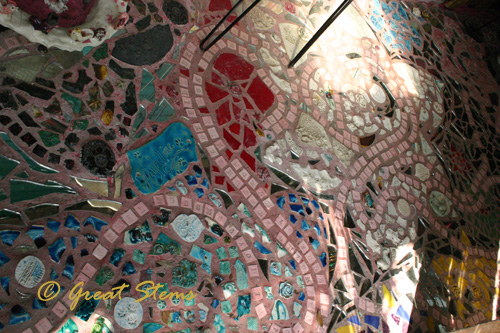
Barbie-eating monsters,
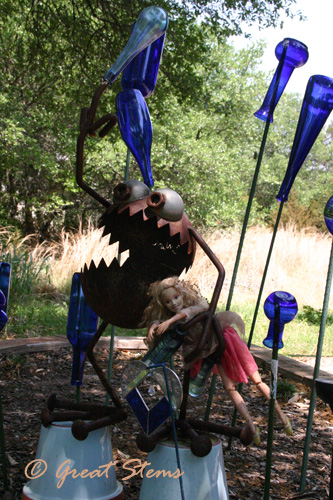
a samurai warrior…
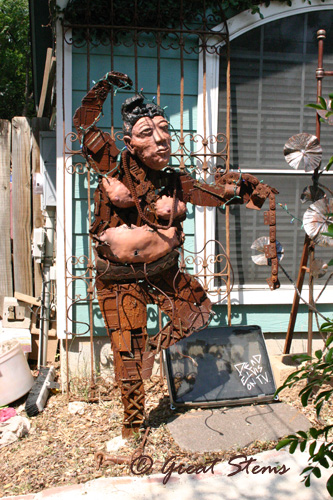
and a rather menacing cat statue added to the interest of the day.
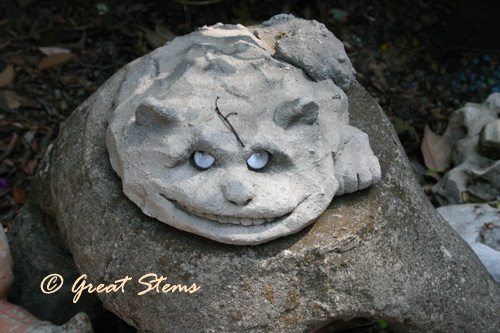 If none of this appeals to you yet, how about a banana phone-toting gorilla?
If none of this appeals to you yet, how about a banana phone-toting gorilla?
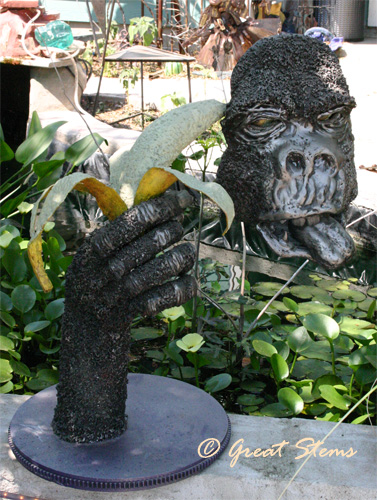
A giant praying mantis, perhaps?
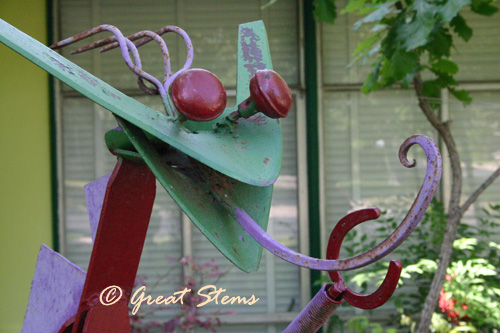 Several houses had bottle-lined garden beds and pathways, while others used bowling balls to create a colorful edge. I’m pretty sure that I saw enough bowling balls over the weekend to fill three bowling alleys.
Several houses had bottle-lined garden beds and pathways, while others used bowling balls to create a colorful edge. I’m pretty sure that I saw enough bowling balls over the weekend to fill three bowling alleys.
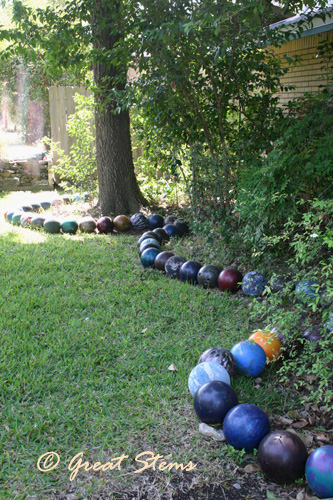
And we mustn’t forget the ever-popular bottle trees and bottle… flowers?
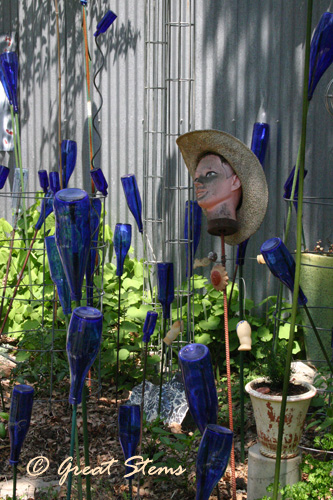
Doll heads and body parts were another popular theme, and this is where the creepy comes in.
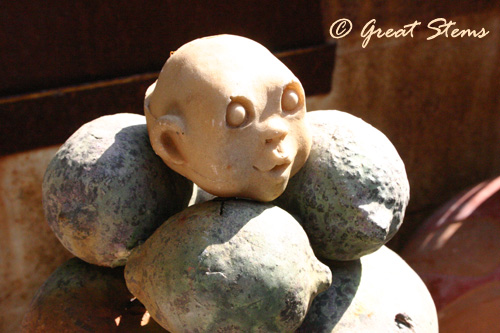 One or two doll heads, not so creepy.
One or two doll heads, not so creepy.
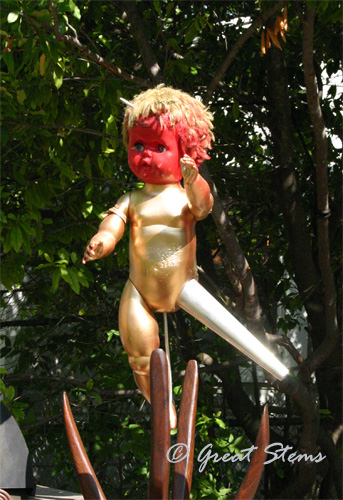 But a yard full of them = creeeeeeeepy.
But a yard full of them = creeeeeeeepy.
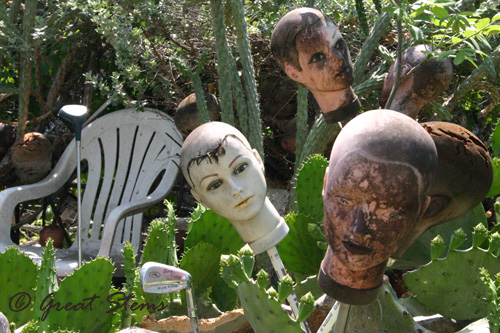
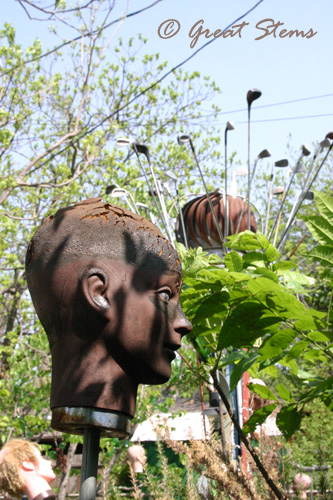 Even my teenager got a little weirded out, saying “I do not want to be in the garden of someone who could think this up.” My youngest son instead says, “It is awesome.”
Even my teenager got a little weirded out, saying “I do not want to be in the garden of someone who could think this up.” My youngest son instead says, “It is awesome.”
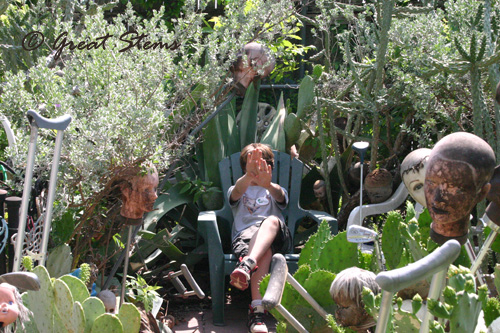 One of my favorite artistic creations was a chimney-displayed cicada, made of an old ironing board, lamp fixtures, iron plates, and other reused metal parts.
One of my favorite artistic creations was a chimney-displayed cicada, made of an old ironing board, lamp fixtures, iron plates, and other reused metal parts.
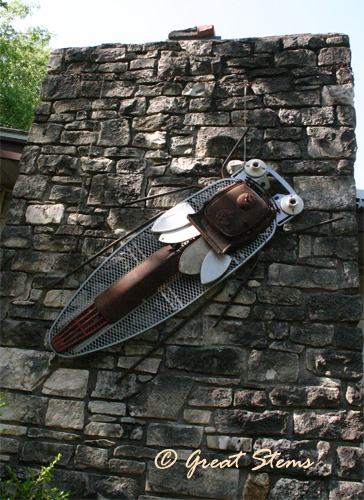 At the Museum of Ephemerata, we enjoyed bathtub ponds and waterfalls, along with a tour of curios and oddities held in collection by the home-based museum, including hair from Elvis Presley, a gigantic bean pod, a Marilyn Monroe ciggie butt, and… err… animals in different states of preservation. Definitely a fun place to visit, and their museum helps bring the weird to our weird city.
At the Museum of Ephemerata, we enjoyed bathtub ponds and waterfalls, along with a tour of curios and oddities held in collection by the home-based museum, including hair from Elvis Presley, a gigantic bean pod, a Marilyn Monroe ciggie butt, and… err… animals in different states of preservation. Definitely a fun place to visit, and their museum helps bring the weird to our weird city.
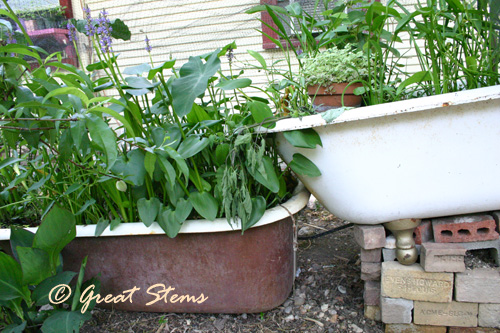 At the Faist Plaist, a sloping firepit under a giant, open disco-ball adorned bamboo teepee really shows a spark of genius, if you will.
At the Faist Plaist, a sloping firepit under a giant, open disco-ball adorned bamboo teepee really shows a spark of genius, if you will.
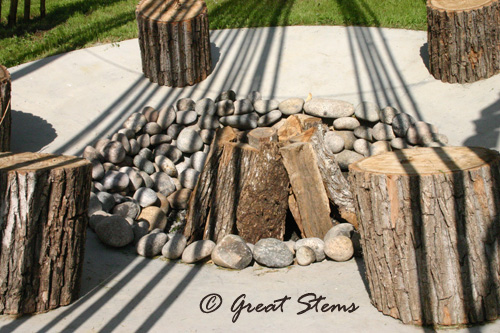
Happily our Austin icon, the Cathedral of Junk, is open again, having made structural changes and gone through legal who-knows-what to appease city code officials and neighbors. Here’s the new sign at the backyard entrance:
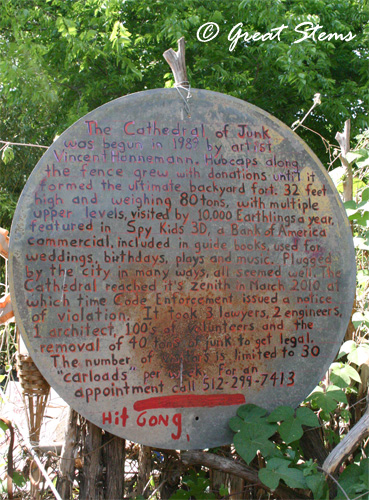
The Cathedral still has much of its flavor and appeal, minus some of the sheer mass it once bore.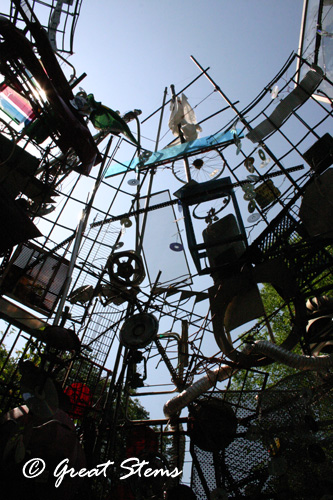
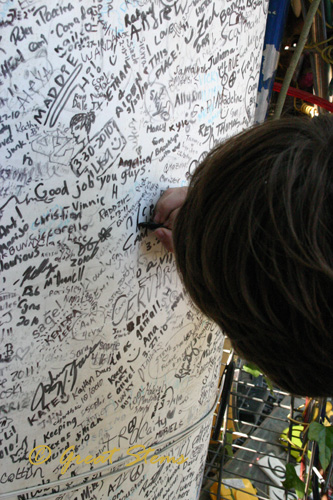 For a look back at the Cathedral at its zenith, as the sign says, please visit my previous Cathedral post.
For a look back at the Cathedral at its zenith, as the sign says, please visit my previous Cathedral post.
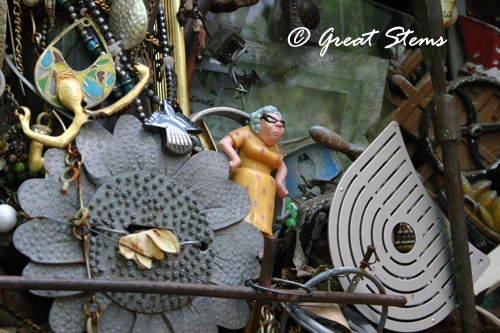
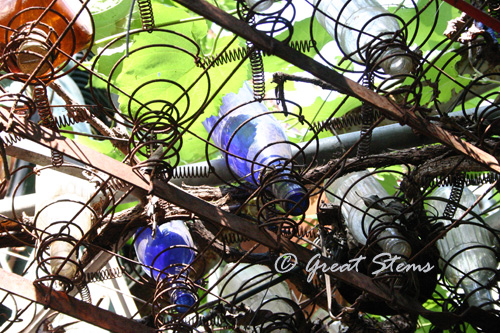
Several professional artists invited tour-goers to their yard art/galleries.
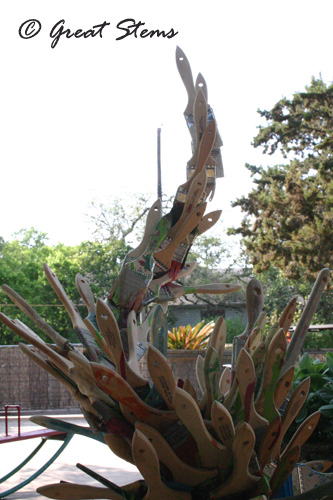
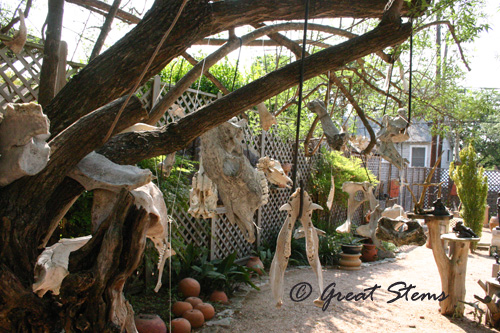
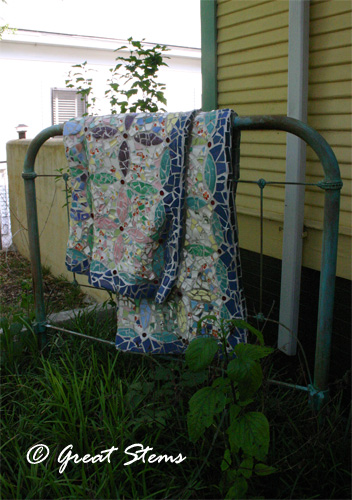
One mosaic artist has taken on the task of beautifying Austin streets, starting with the bridge beside her home.
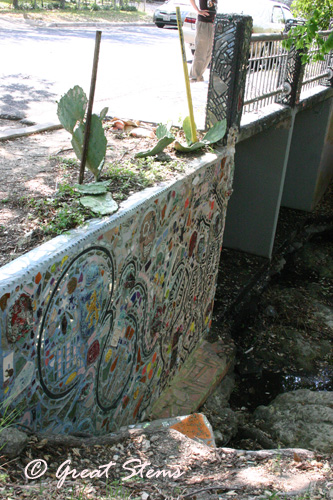 In another neighborhood, this impressive wall at Sparky Park hides a less-attractive electrical sub-station.
In another neighborhood, this impressive wall at Sparky Park hides a less-attractive electrical sub-station.
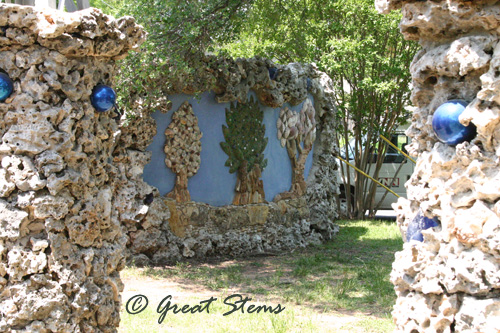 A few other images from throughout the day:
A few other images from throughout the day:
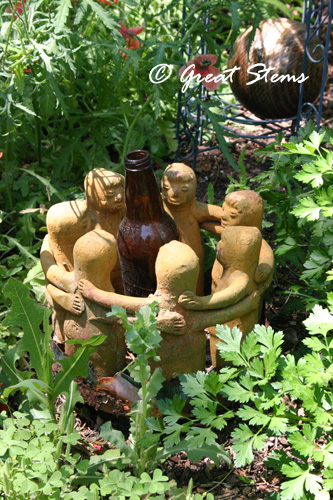
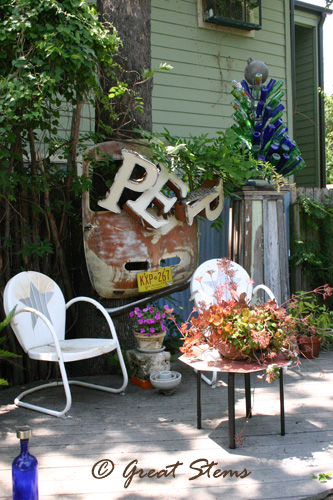
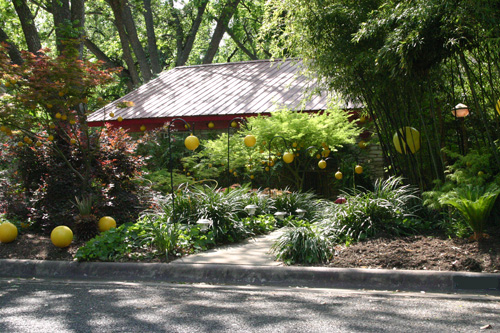
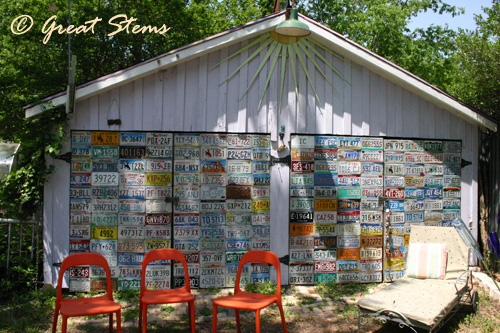
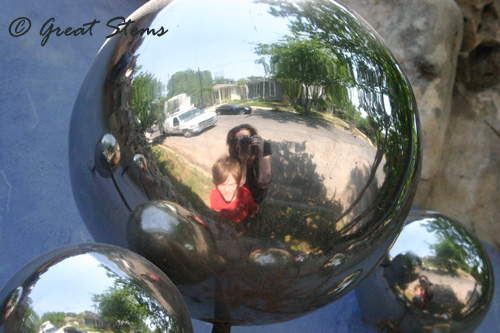
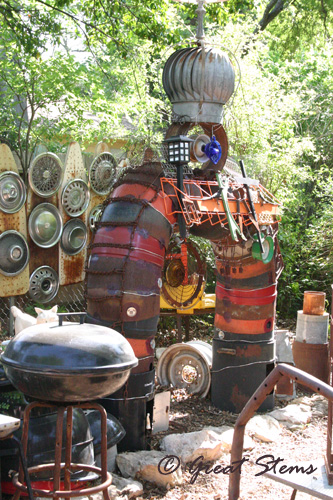
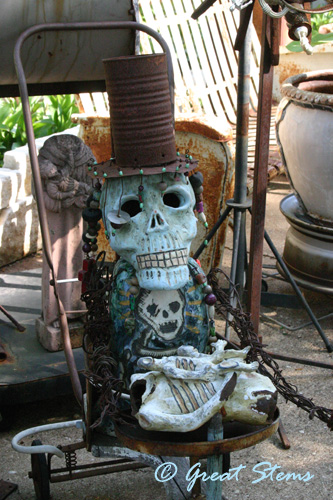 I think one of the best things about this tour was how you really had to sharpen your observation skills or you’d miss some of the best art and fun. Unless of course, you’re looking at a giant chicken. That one’s hard to miss!
I think one of the best things about this tour was how you really had to sharpen your observation skills or you’d miss some of the best art and fun. Unless of course, you’re looking at a giant chicken. That one’s hard to miss!
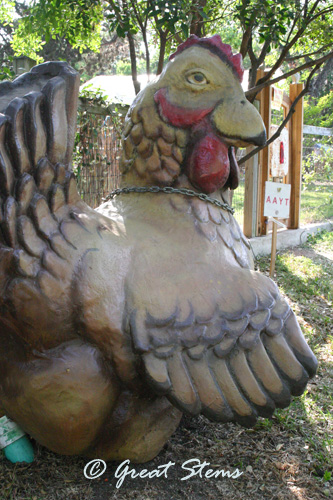
Thanks, Austin!
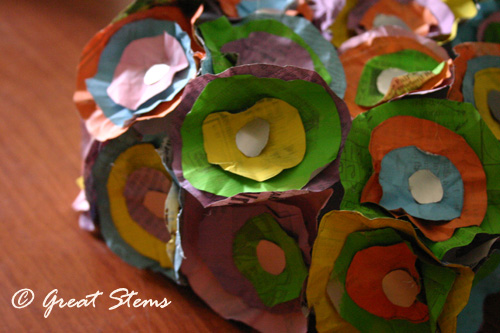
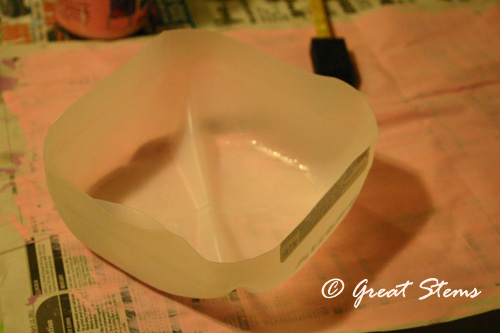
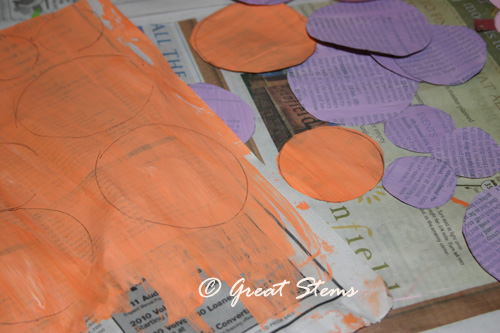
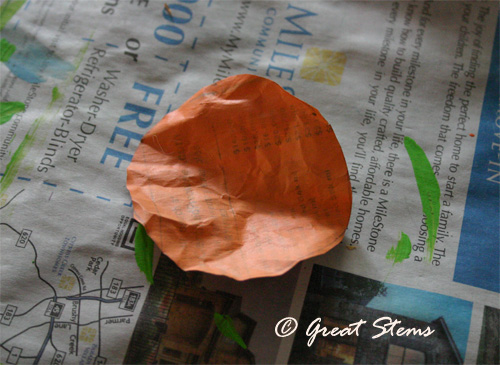
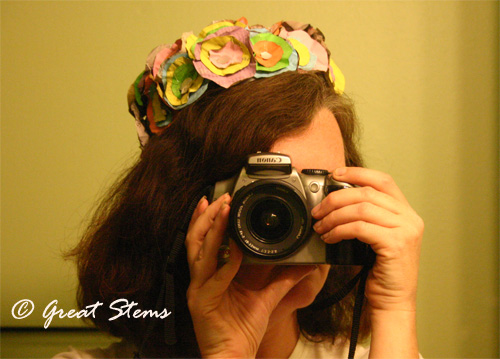
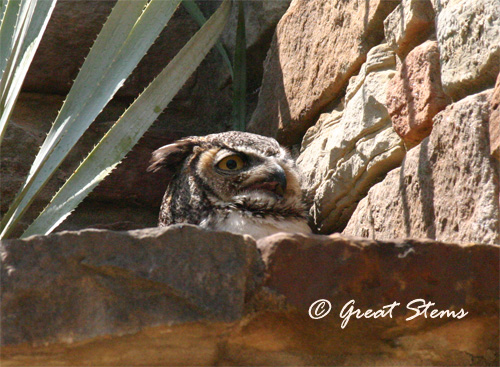
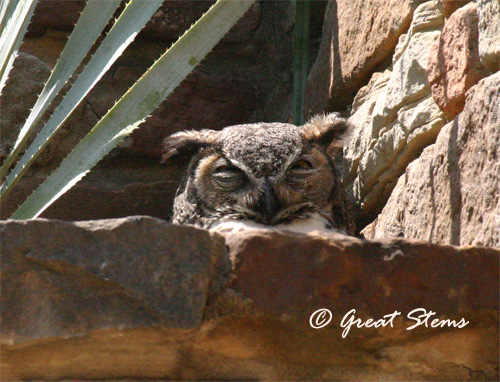
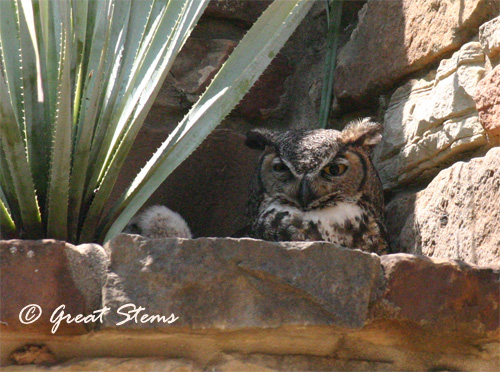
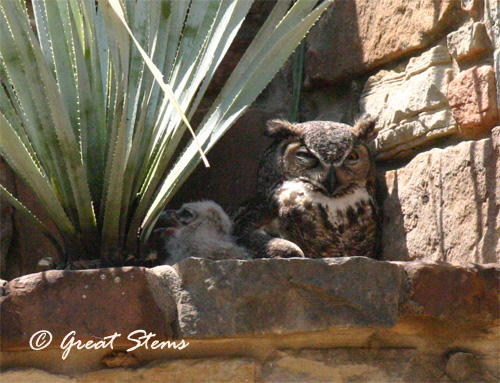
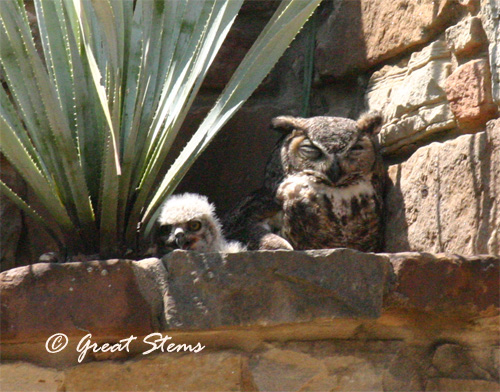
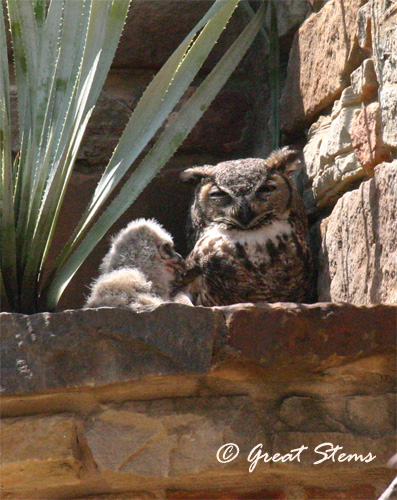
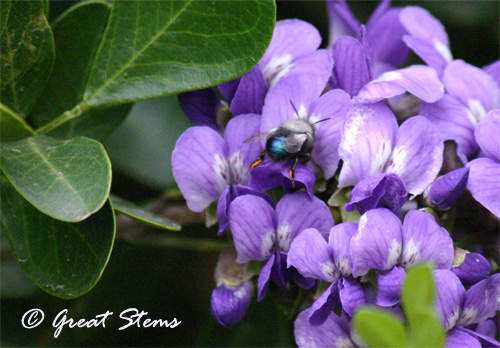 As many know, native plants and wildlife gardening are my passion. But I do more than garden — I lead multiple environmental projects, I volunteer often, and I speak about wildlife habitats and native flora to groups of all ages. I do this because I believe that we can make things better for Earth and protect its threatened species. Education is the first step, and actions are the next. That’s why I share what I can, because believe it or not, it’s easy to live sustainably and protect the environment — it just takes awareness and a desire.
As many know, native plants and wildlife gardening are my passion. But I do more than garden — I lead multiple environmental projects, I volunteer often, and I speak about wildlife habitats and native flora to groups of all ages. I do this because I believe that we can make things better for Earth and protect its threatened species. Education is the first step, and actions are the next. That’s why I share what I can, because believe it or not, it’s easy to live sustainably and protect the environment — it just takes awareness and a desire.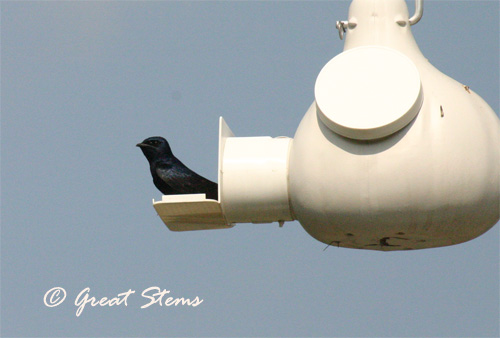
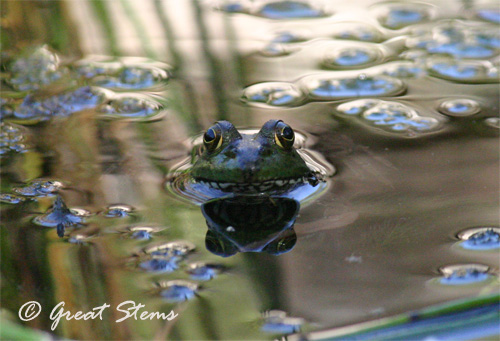
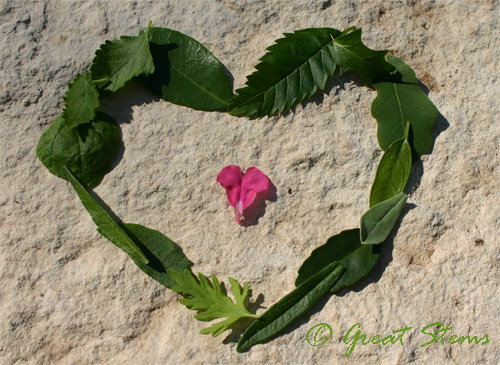
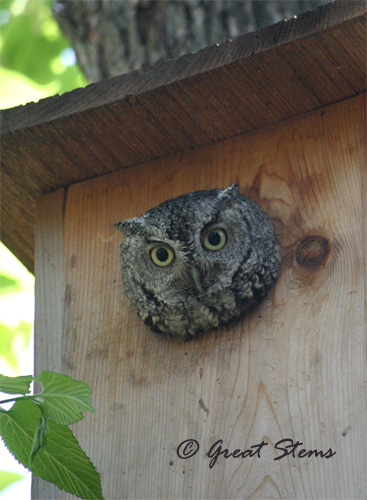
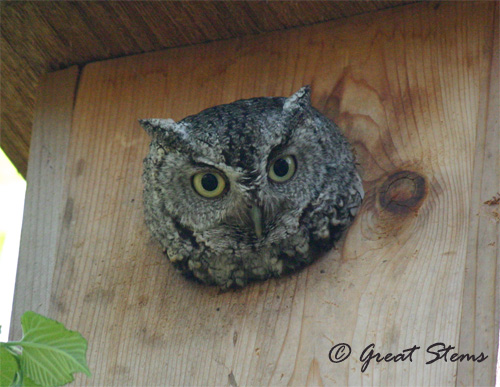
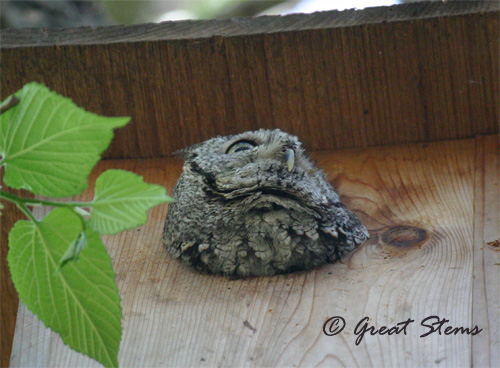
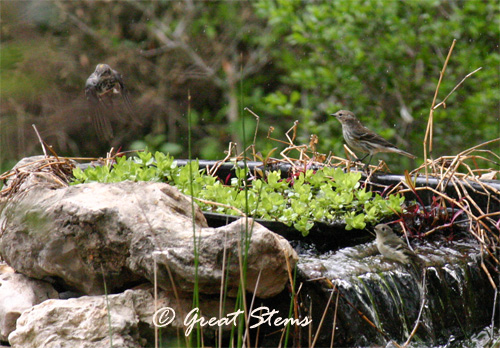
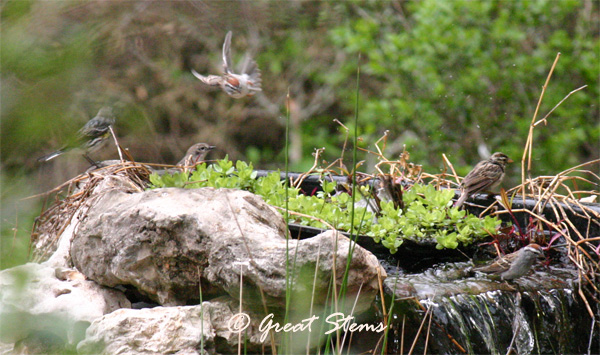
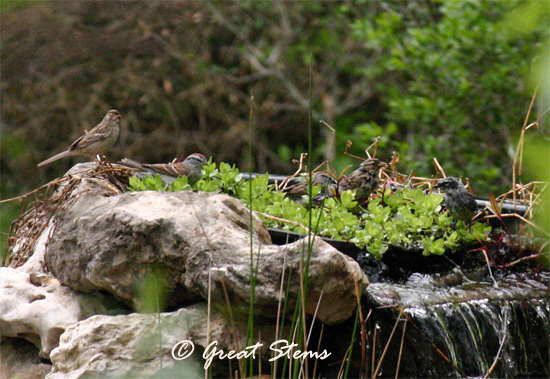
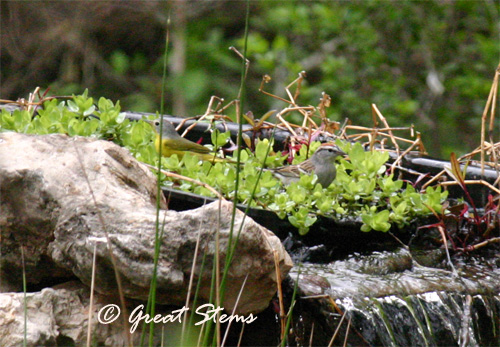
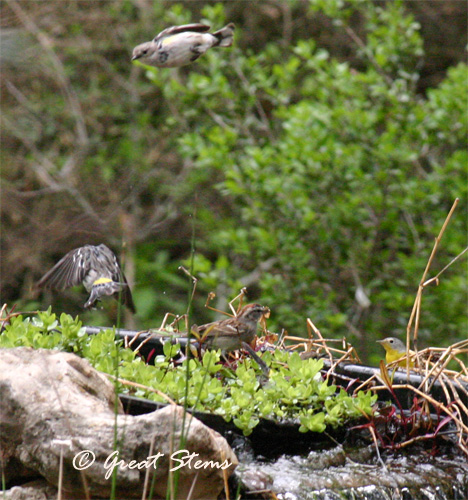
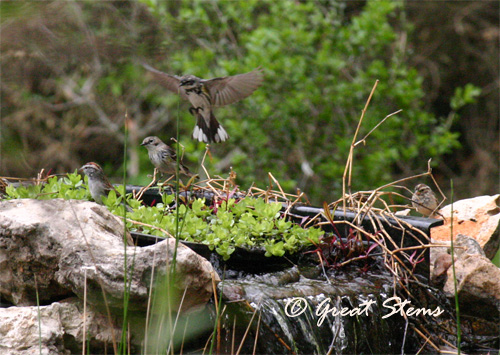 The flock was only here but briefly, but those few minutes made us so happy that we had a waterfall to offer them.
The flock was only here but briefly, but those few minutes made us so happy that we had a waterfall to offer them.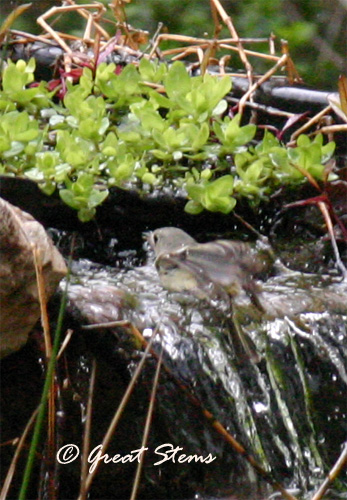
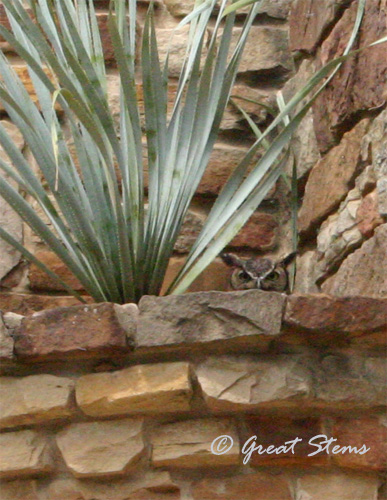
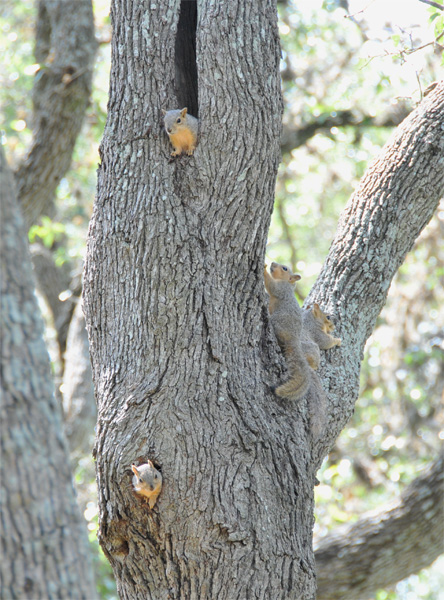
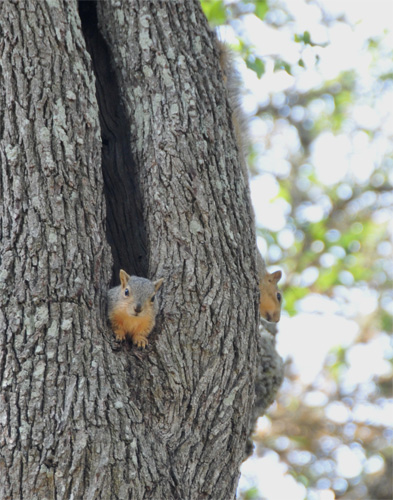
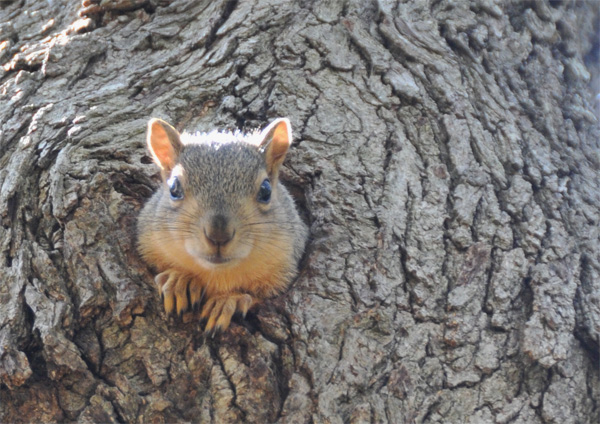
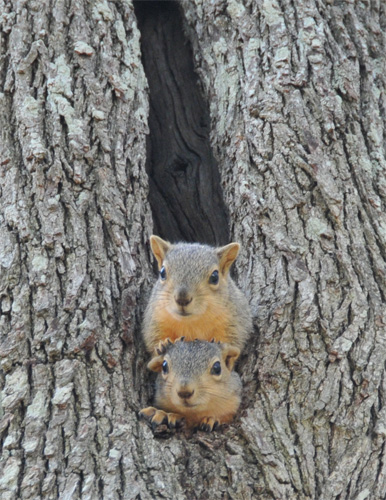
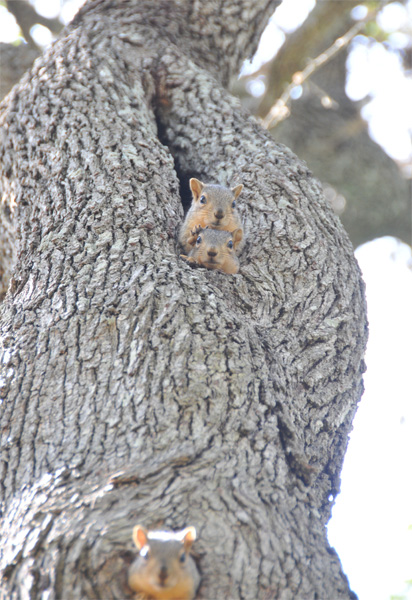
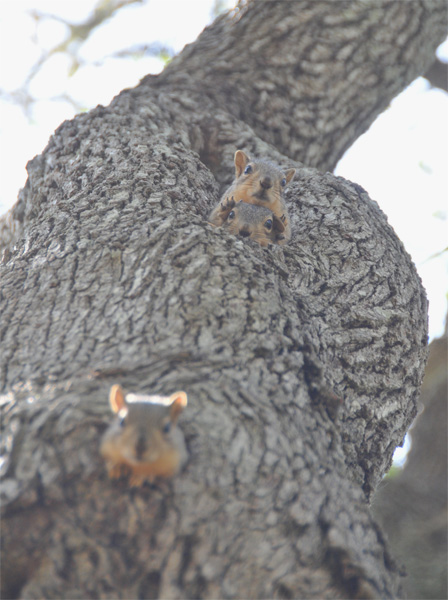
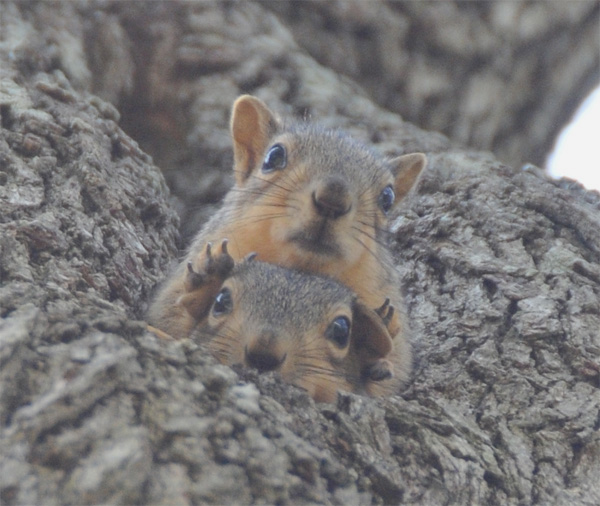
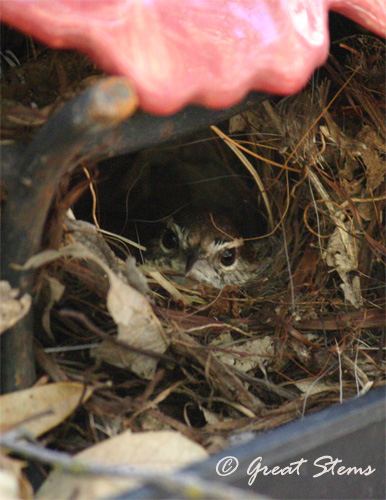
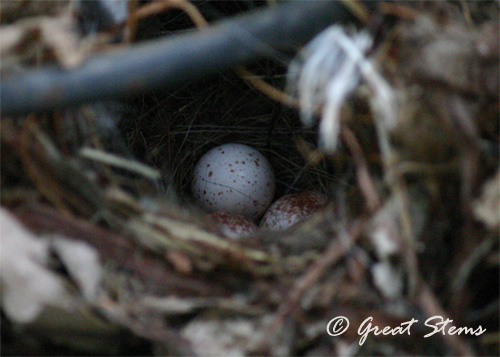
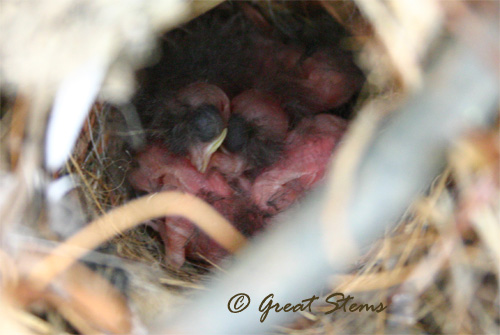
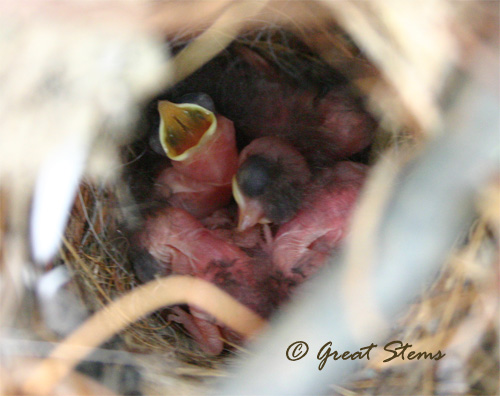
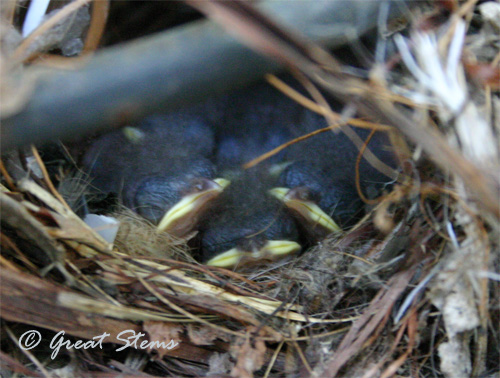
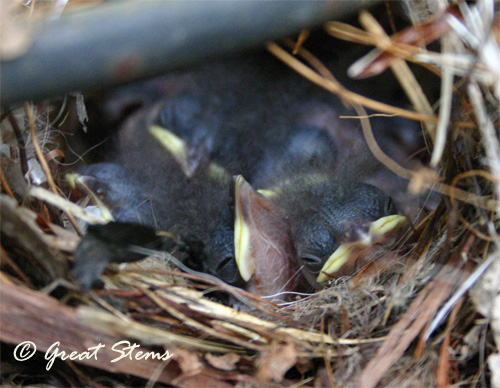
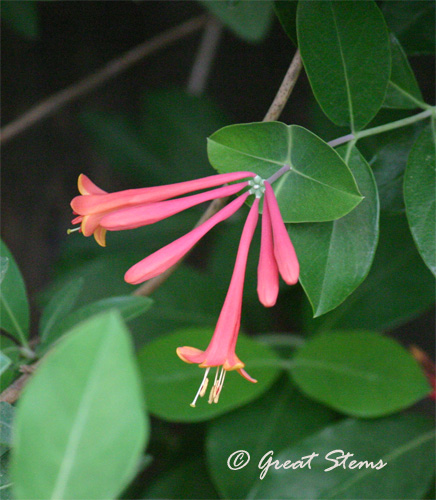 The vines are all abloom, and those that aren’t yet are at least exhibiting major growth spurts. The Coral Honeysuckle is becoming a bit of an octopus — I keep trying to train it to go over the fence, and it keeps sending out more arms to reach for the pathway instead.
The vines are all abloom, and those that aren’t yet are at least exhibiting major growth spurts. The Coral Honeysuckle is becoming a bit of an octopus — I keep trying to train it to go over the fence, and it keeps sending out more arms to reach for the pathway instead.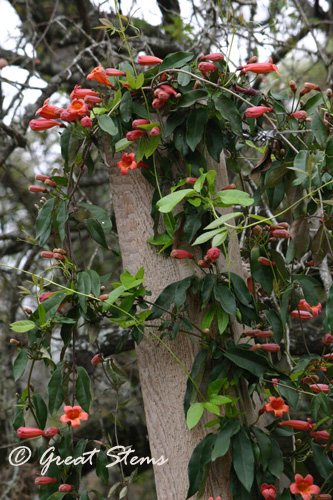
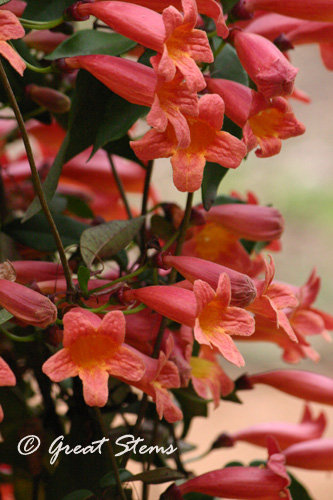 Even though it’s considered a hummingbird vine, I have yet to see one of our hummingbirds visit a crossvine bloom — they go to other plants or the feeders instead. But the bees sure went crazy for the Crossvine this year, so it must have plenty of nectar! Those finicky hummingbirds…
Even though it’s considered a hummingbird vine, I have yet to see one of our hummingbirds visit a crossvine bloom — they go to other plants or the feeders instead. But the bees sure went crazy for the Crossvine this year, so it must have plenty of nectar! Those finicky hummingbirds… 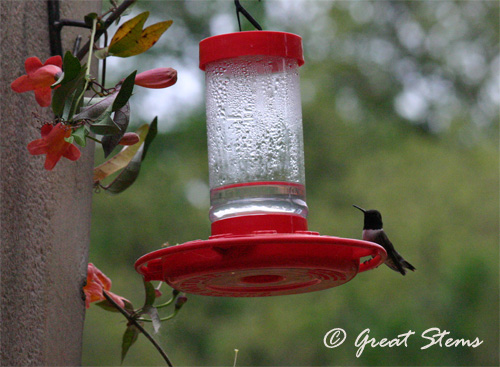 So far we’ve had male black-chinned hummingbirds this year — I’m sure they are awaiting the arrival of the females even more than we are. I wonder why I haven’t seen any Ruby-Throats yet — they are our usual visitors.
So far we’ve had male black-chinned hummingbirds this year — I’m sure they are awaiting the arrival of the females even more than we are. I wonder why I haven’t seen any Ruby-Throats yet — they are our usual visitors.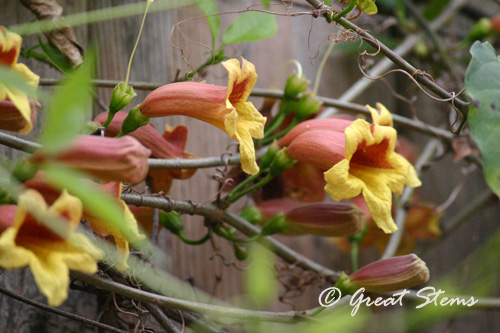
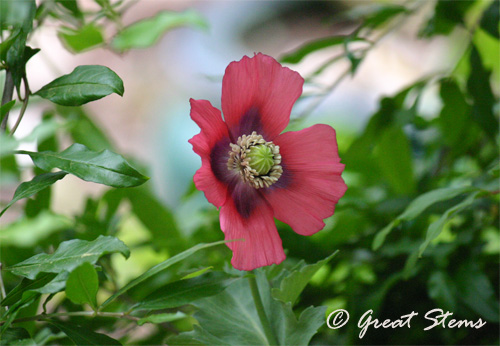
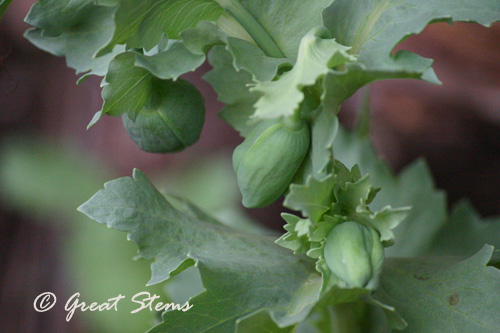
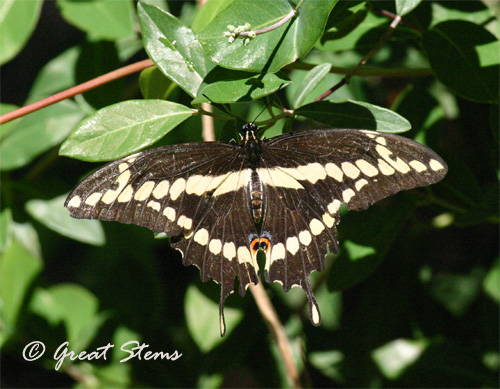
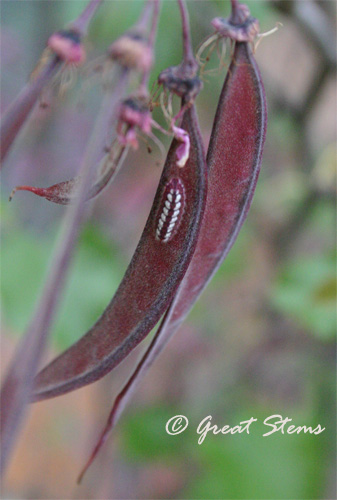
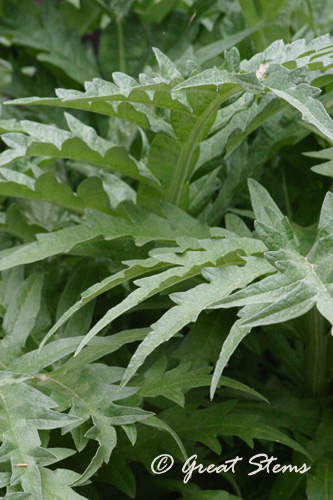
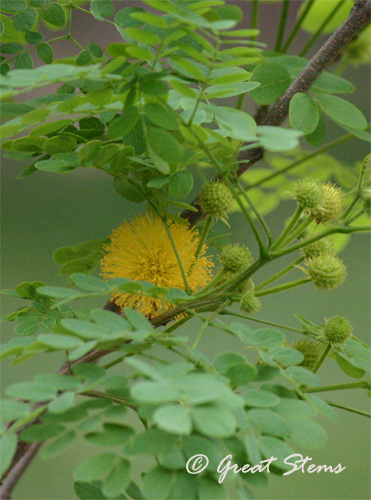
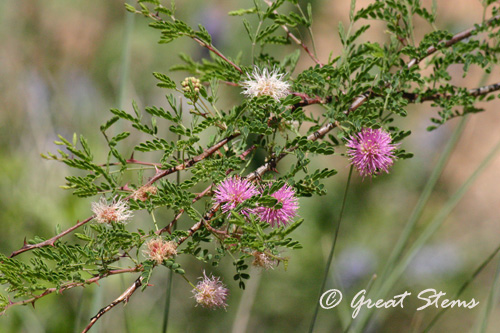
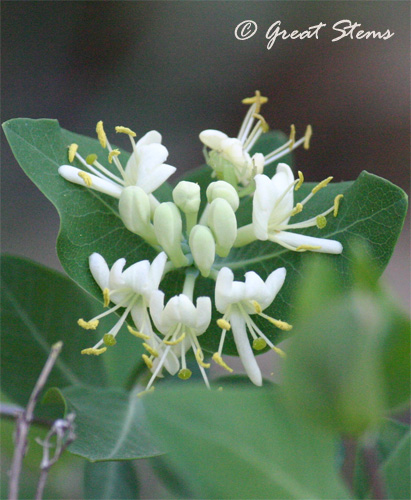
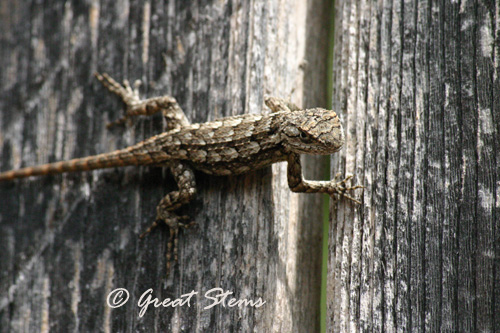
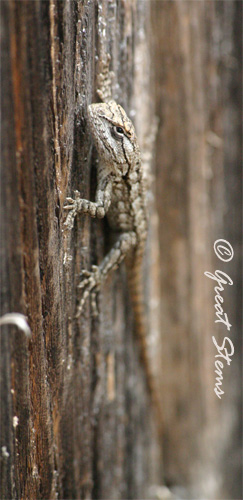 We’ve got Texas Spiny Lizards all over the place. I wonder if theirs were the little lizard eggs I saw in the brush pile awhile back. There, right there — that’s why we have a brush pile. A place for lizard babies!
We’ve got Texas Spiny Lizards all over the place. I wonder if theirs were the little lizard eggs I saw in the brush pile awhile back. There, right there — that’s why we have a brush pile. A place for lizard babies!